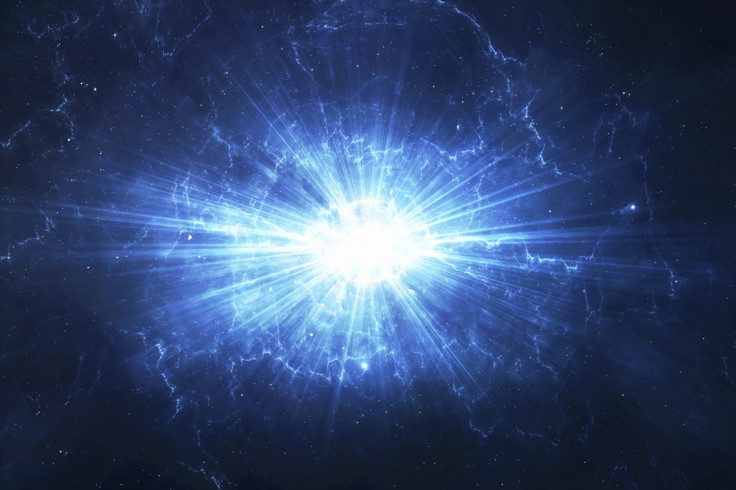What happened just after the Big Bang? Scientists are hoping to find out with 240 telescopes and $9.5m
240 radio dishes will be used to measuring radiation first emitted around 13 billion years ago.

In the first billion years after the Big Bang, stars emerged from a collapsed from hydrogen gas, eventually leading to the universe we know today. But exactly how this happened is not known. To find out, scientists are preparing to launch an experiment that will measure radiation first emitted at the dawn of the cosmos, shedding light on the birth of the first stars and galaxies.
The Hydrogen Epoch of Reionization Array experiment currently consists of 19 radio dishes. However, $9.5m (£7m) funding from the National Science Foundation is set to see this expand to 240 dishes by 2018. Eventually, researchers hope to have 350 dishes.
The process through which the first stars emerged is known as reionisation. Aaron Parsons, principal investigator for HERA, said: "We know from... experiments that the universe started out neutral, and we know that it ended ionised, and we are trying to map out how it transitioned between those two."
"The first galaxies lit up and started ionising bubbles of gas around them, and soon these bubbles started percolating and intersecting and making bigger and bigger bubbles. Eventually, they all intersected and you got this über bubble, leaving the universe as we observe it today."

To work out what happened at this time, researchers need to detect these bubbles of ionised gas. And to do this they need radio dishes that can detect signals from neutral hydrogen that is a million times fainter than nearby radio noise.
The HERA experiment will see the telescopes fixed upwards, measuring radiation that was originally emitted 13 billion years ago at a wavelength of 21 centimetres – the hydrogen line. Previously, radio dishes were not sensitive enough to detect this signal. The team wants to find the boundaries between the ionised hydrogen and the neutral or atomic hydrogen surrounding it.
"We have an indication that reionisation should have happened, and we are getting hints of when it might have ended, but we don't have anything telling us what is going on during it," Parsons said. "That is what we hope to learn with HERA, the actual step-by-step process of how reionisation happened."
Commenting on the experiment, Rich Barvainis, from the National Science Foundation, said: "Astronomers want to know what happened to the universe after it emerged from its so-called 'dark ages'. HERA will help us answer that question, not by studying the primordial stars and galaxies themselves, but rather by studying how these objects changed the nature of intergalactic space."
© Copyright IBTimes 2025. All rights reserved.






















